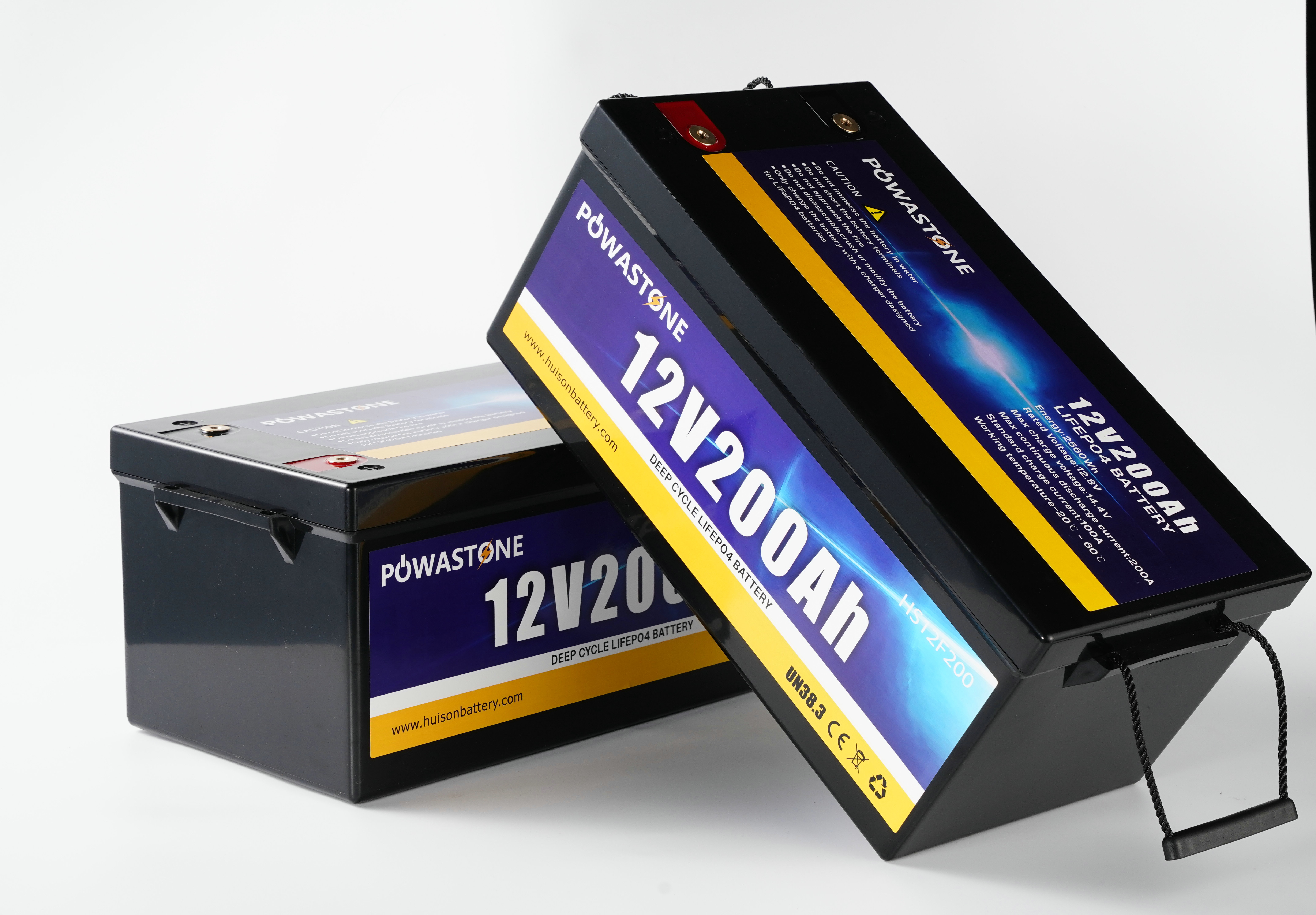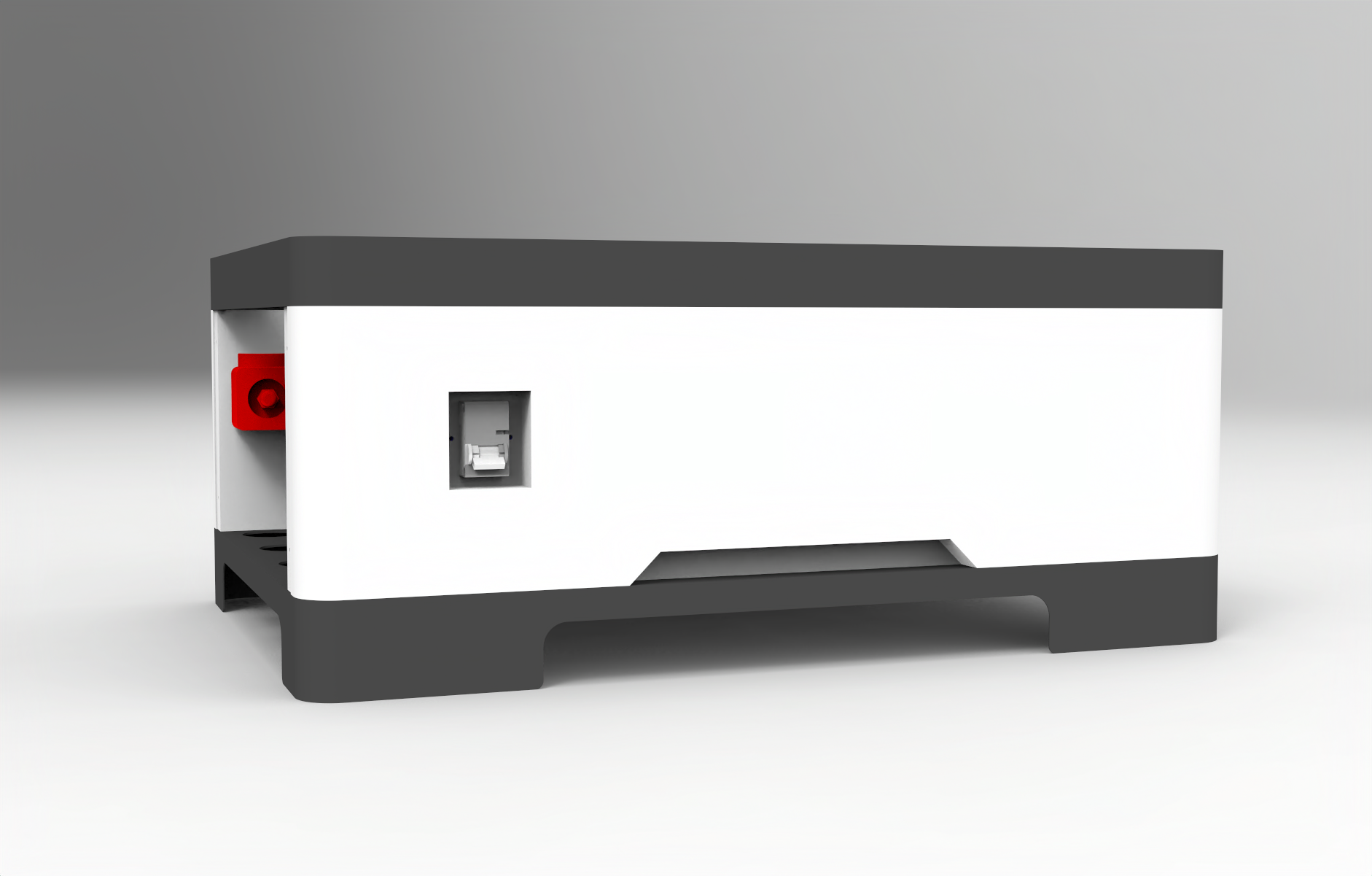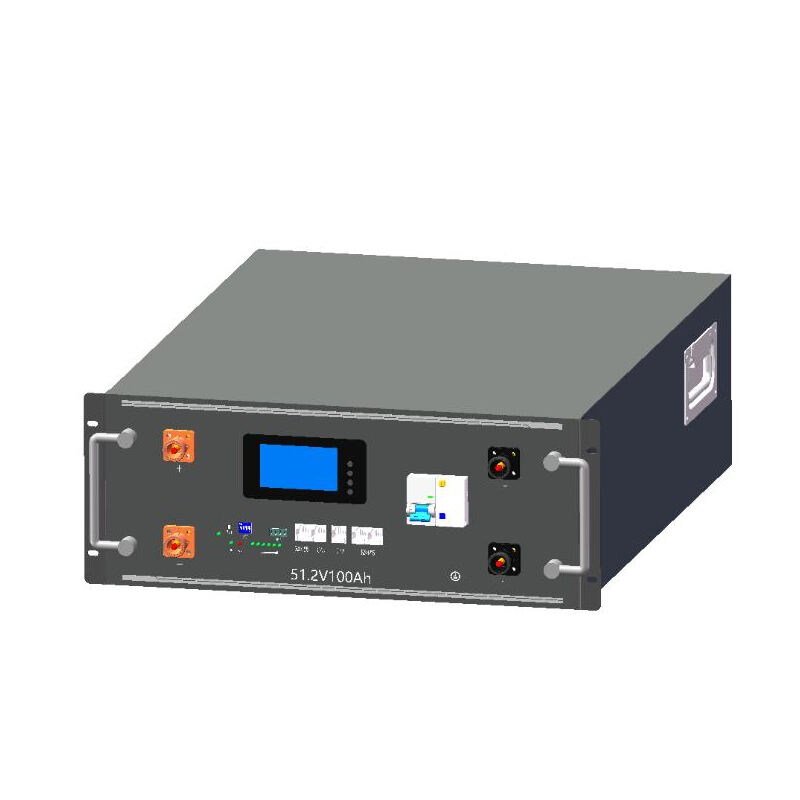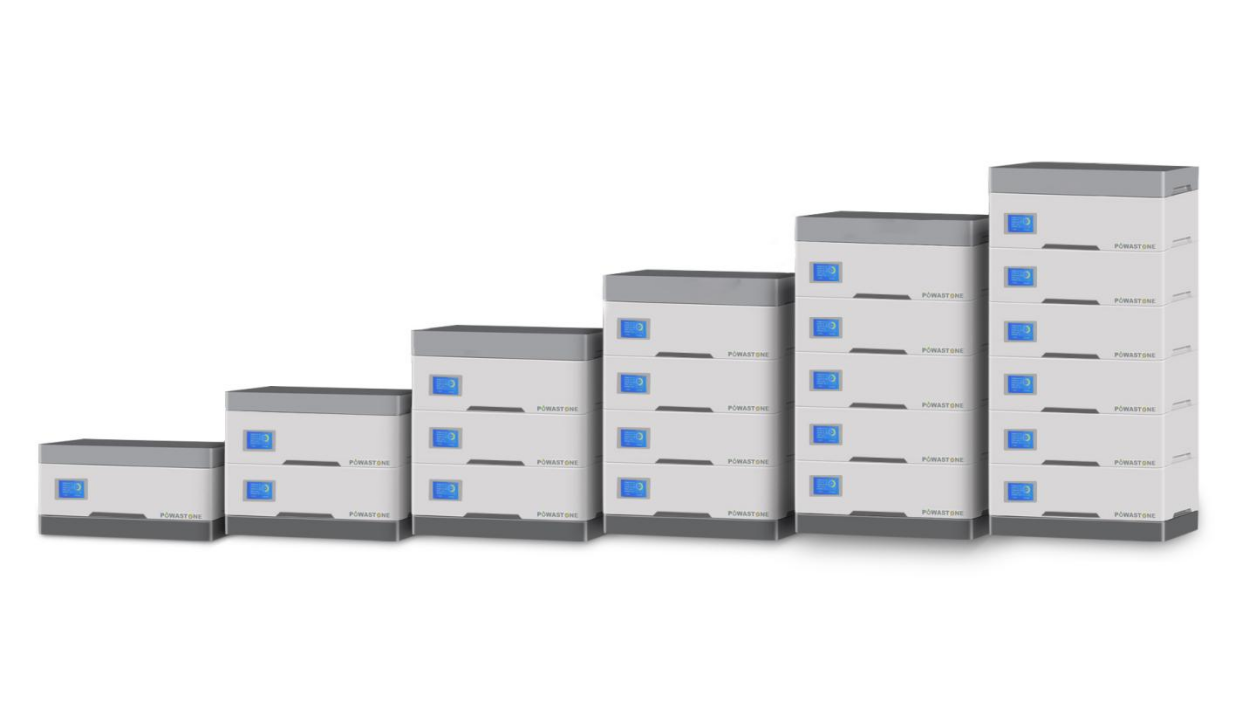How EMS Can Optimize Your Energy Storage System
In the world of energy today, everyone is looking for smarter ways to save power, keep costs down, and cut wasted resources. Optimizing energy-storage systems sits at the center of that push because well-managed batteries and supercapacitors can quickly balance supply and demand, store excess solar or wind power, support the grid during outages, and lower greenhouse emissions. Its a tall order, yet it quickly becomes manageable once an energetic management system, or EMS, takes over the heavy lifting.
what is an Energy Management System (EMS)?
Think of an EMS as a digital coach for your energy assets. It works around the clock to watch, direct, and polish the way batteries, solar panels, diesel gensets, and the utility grid talk to one another. Using sensors, weather forecasts, price signals, and machine-learning algorithms, the EMS decides when to charge, when to release power, and which unit delivers the best bang for the buck. By leaning on fresh data instead of guesswork, the system trims operating costs and boosts system reliability.
why let an EMS run your storage system?
First up, jobs that used to swallow hours of man-power-now happen in seconds through EMS. Load forecasting, intelligent dispatch, and safety monitoring are just a few tasks the software automates, freeing engineers to chase bigger issues and slashing the chance of human mistakes along the way. Second, because the EMS knows peak grids prices almost three days in advance, businesses dodge the steepest charges by storing energy when rates are low and deploying it when rates climb.
Strategies for Boosting Energy Storage Performance with EMS
Schools, factories, and even homes can get a lot more mileage from Energy Management Systems (EMS) by following a handful of simple steps.
- Data Integration: Pulling together bits of data from every corner is the first job. That means combining numbers from solar panels, backup batteries, appliances, and even the local power market. When all this information flows into one dashboard, the system can spot trends and fine-tune storage on the fly.
- Predictive Analytics: A good weather app tells you when to grab an umbrella. In the same way, EMS powered by predictive analytics can forecast spikes in energy use hours or days ahead. This early warning lets facilities charge batteries during cheap off-peak hours and hold back power during costly peaks.
- Dynamic Pricing Models: Prices change by the minute on most power grids. dynmic pricing lets the EMS nudge owners to shift chores-lke running a dishwasher-to times when electricity is dirt-cheap or even free. Users see clear alerts, make quick choices, and often save big on monthly bills.
Industry Trends in Energy Storage Optimization
Across the globe, energy storage is undergoing rapid change, and these shifts are pushing EMS onto a much smarter path. One of the standout moves is the rush to adopt artifical intelligence in these systems. Machine-learnig algorithms can sift through petabytes of data, find hidden patterns, and recommend adjustments far faster-and often more accurately-than any human team.
More businesses today are setting up their own micro-grids powered by solar panels, wind turbines, or other clean sources, and that trend is fueling fresh interest in energy-management systems, or EMS. When companies produce the light or power they actually use, every battery charge, every kilowatt-hour climbed, and that labor starts to add up. A good EMS treats all those moving pieces like a concert, ensuring the solar farm, the storage shelf, and the office building stay in perfect harmony.
Conclusion: The Future of EMS in Energy Storage
Demand for efficient energy answers isn t slowing down, so EMS will keep steering battery farms, stacked containers, and neighborhood grids toward peak savings. By adopting the latest software tricks and reading the market pulse, organizations can trim bills, cut waste, and give their green pledge a real shot in the arm. The outlook for energy storage shines bright; turn ahead, and an agile, smarter EMS will own the spotlight.















